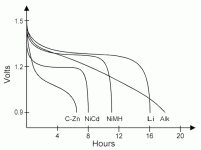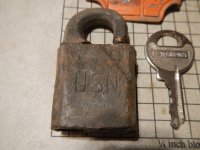NWMP
Hero Member
- Nov 20, 2009
- 591
- 503
- Detector(s) used
- Tejon, AT Pro, Simplex, Legend, and I still go home with a hand full of clad and junk some days.
- Primary Interest:
- All Treasure Hunting
Sorry to drop this one on you guys, but I can't seem to get a straight answer anywhere. Will the Tesoro Tejon function, and function properly, with good quality high mAh NIMH batteries? Thanks.








